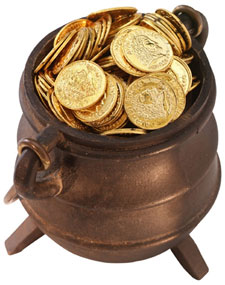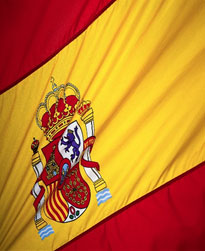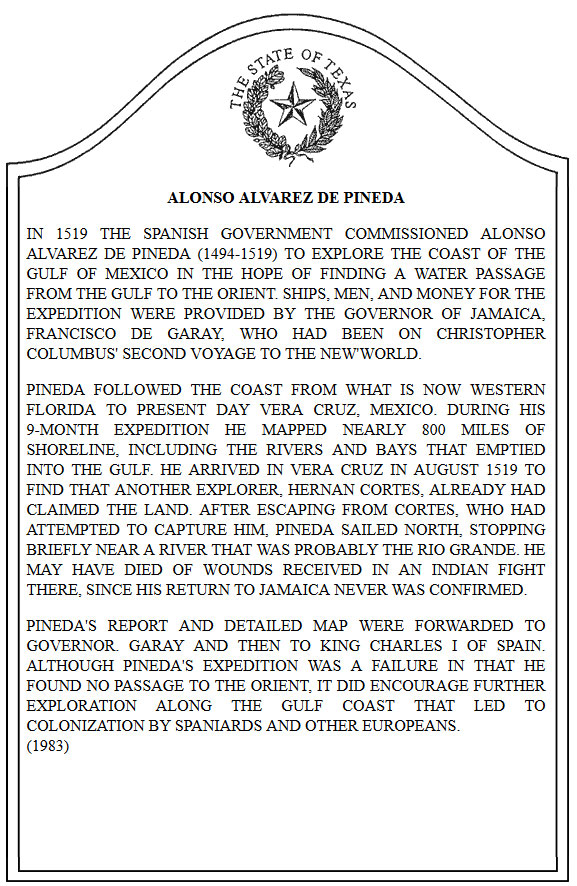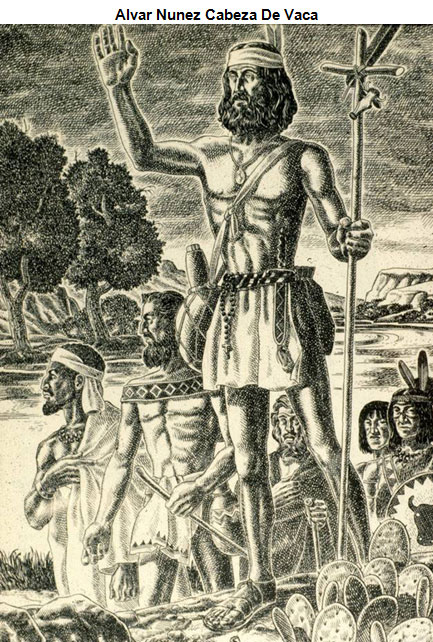European exploration of North America began with Christopher Columbus in 1492. However, there were other Spanish explorers who were exploring the region, but for different reasons. Some explorers eventually made it to what is now Texas.
During the days of European exploration of North America, Spain led the charge in claiming territory in what is now southwestern United States. The map below illustrates some of the Spanish explorers, also known as conquistadors, who explored North America.
![]() These conquistadors and their routes are included on the map. Click on the image of each conquistador to learn more about the routes, reasons for exploration, and achievements.
These conquistadors and their routes are included on the map. Click on the image of each conquistador to learn more about the routes, reasons for exploration, and achievements.
There were three main reasons for Spanish exploration and later, colonization of Texas. The reasons can be remembered as the Three Gs: Gold, Glory, and God.
Gold |
Glory |
God |
 |
 |
 |
Spanish explorers came to the new world to gain wealth. Many believed they would find gold and silver on their journeys. They also believed that silver and spices were items of wealth. |
Spain wanted to prove its power to other European countries that were exploring in North America. Spain claimed lands and established missions and demonstrated its dominance in North America. |
Spain wanted to convert the native peoples that they encountered to Christianity. The Spanish friars worked to convert the Texas Indians. |

Source: Alonso Alvarez de Pineda, Open Website Tejano History community Project, University of Texas
One of the most important Spanish explorers in Texas history is Alonso Alvarez De Pineda. Pineda is credited for being the first to explore the map of the Gulf Coast. A historical marker was erected in Nueces County to tell his story.

Source: Alonso Alvarez De Pineda, Nueces County
Read the information on the historical marker and answer the following questions in your notes.
Interactive popup. Assistance may be required.
The purpose of Pineda’s exploration was to locate a passage from the Gulf of Mexico to the Orient.
Interactive popup. Assistance may be required.
During his expedition, Pineda mapped nearly 800 miles of shoreline of the Gulf of Mexico.
Interactive popup. Assistance may be required.
Pineda was unsuccessful in his search for a water passage from the Gulf to the Orient. However, the report of his journey and the map he created led to the Spanish colonization of Texas.

Source: CdeV, Texas Beyond History, The University of Texas
While Pineda provided the world with an idea of how the Gulf Coast looked on a map, Alvar Nunez Cabeza de Vaca provided the world with detailed writings of his journey. He is the first European to explore North America and leave a written account of his journey.
In 1527, Cabeza de Vaca joined a Spanish expedition led by Panfilo de Narvaez, who had been commissioned to explore and colonize the Gulf Coast from Florida to Mexico. After a series of disasters, Cabeza de Vaca and eighty men shipwrecked on the Gulf Coast near Galveston Island in 1528. Cabeza de Vaca named the island “Malhado” after the misfortune of terrible storms and starvation that caused the number of men in his expedition to dwindle to a total of four.
For eight years, Cabeza De Vaca and his men encountered several Texas Indians as they walked across Texas. The crew was welcomed at first, but after living amongst the natives in what is now East Texas, half of the natives died from diseases contracted from the Spanish. At times, Cabeza de Vaca and his men lived as slaves of the Texas Indian, but they also learned how to survive off the land.
![]() Click on the pages below to learn more about what Cabeza de Vaca encountered on his journey through Texas.
Click on the pages below to learn more about what Cabeza de Vaca encountered on his journey through Texas.
As a result of his exploration of Texas, Cabeza de Vaca was the only Spanish explorer to record the practices of the South Texas Indians and distinguish them by name. He also provided the first written detail about Texas’ geographic features and plant species.
In 1536, Cabeza De Vaca and his crew finally reached Mexico City where he served as the territorial governor of Mexico for one year. He later returned to Spain where he published, Relaciόn, his account of his exploration to the New World.
Quick Thought: Why do you think Cabeza de Vaca’s written account was so important to the exploration efforts of Spain?